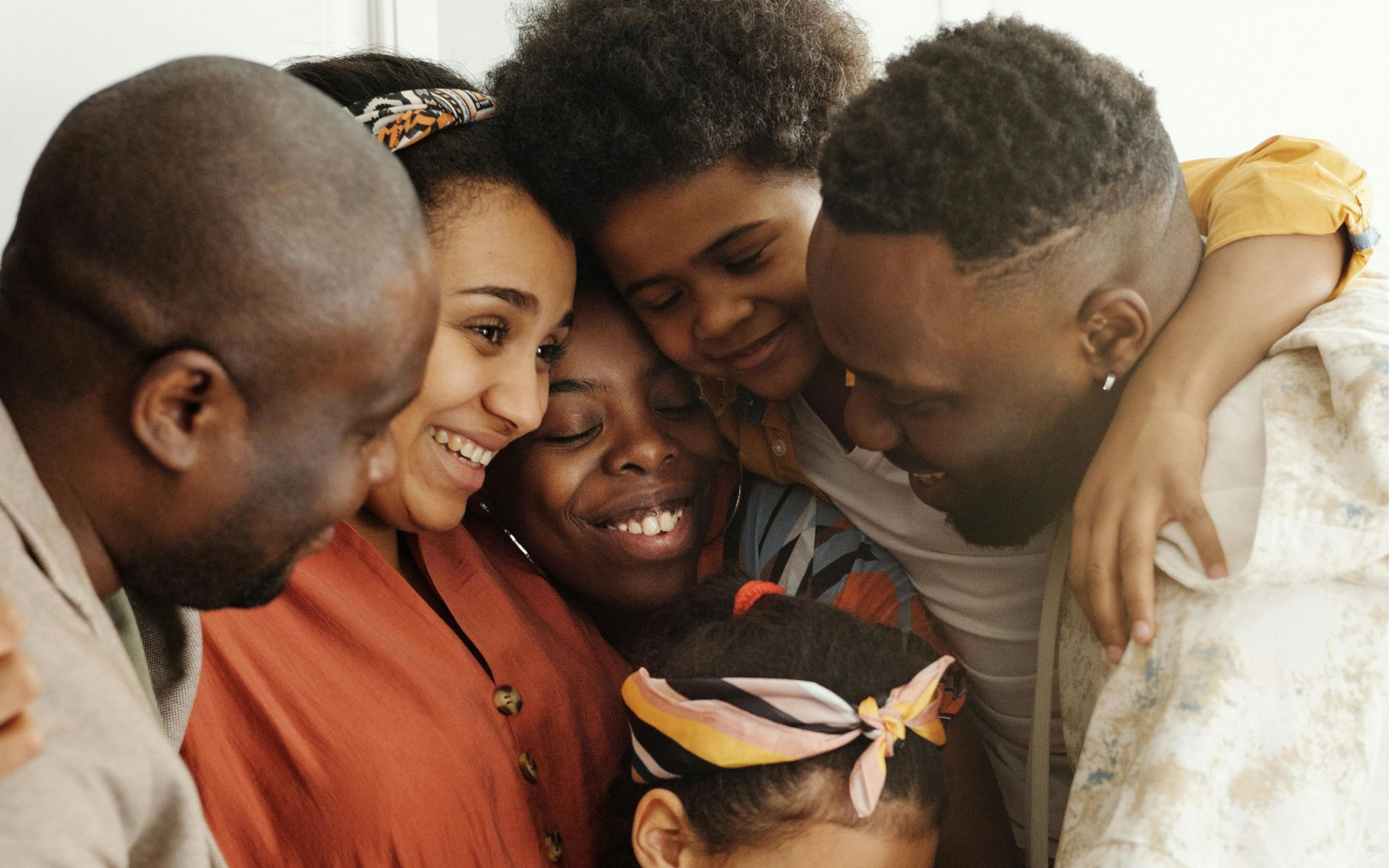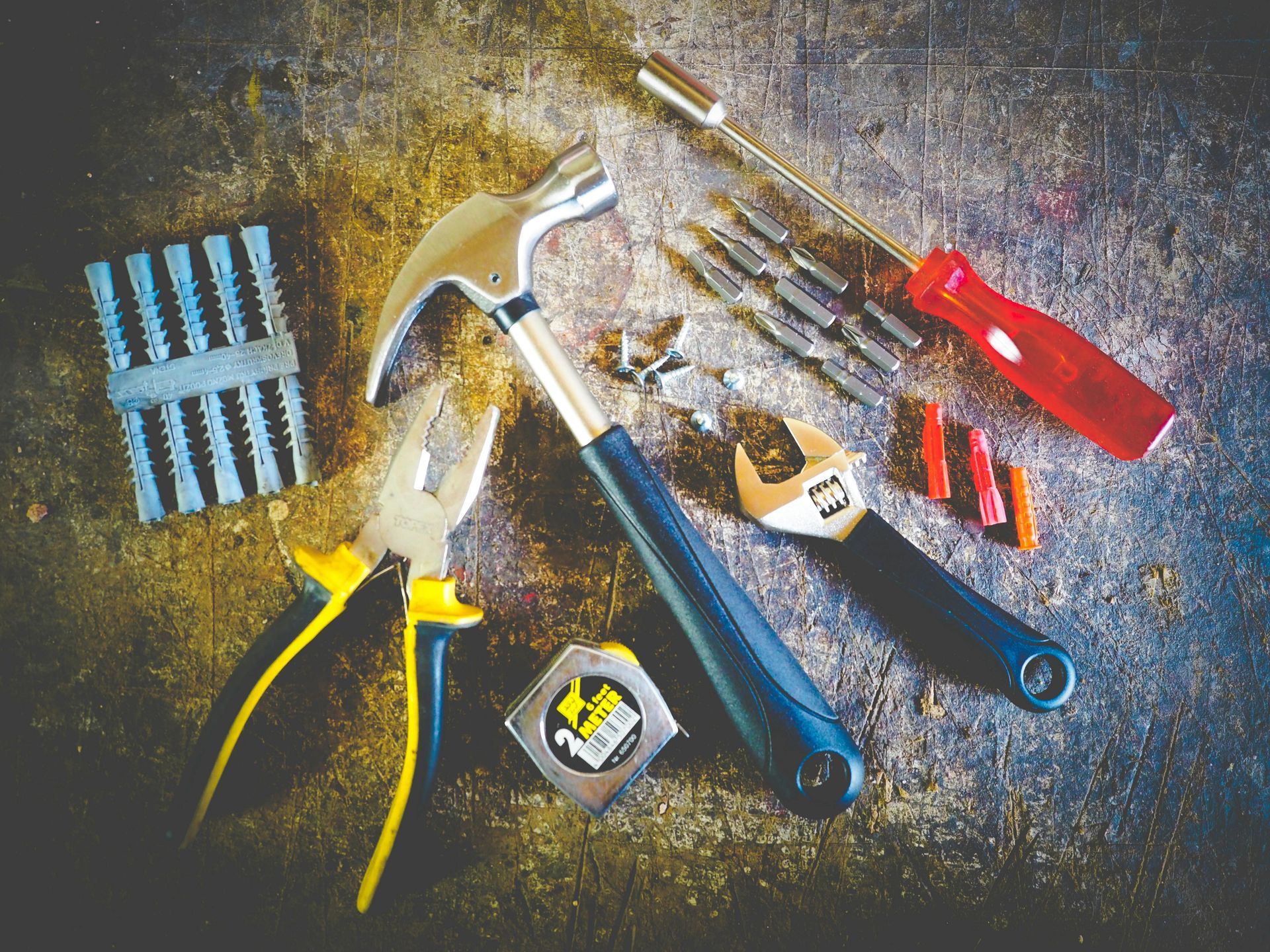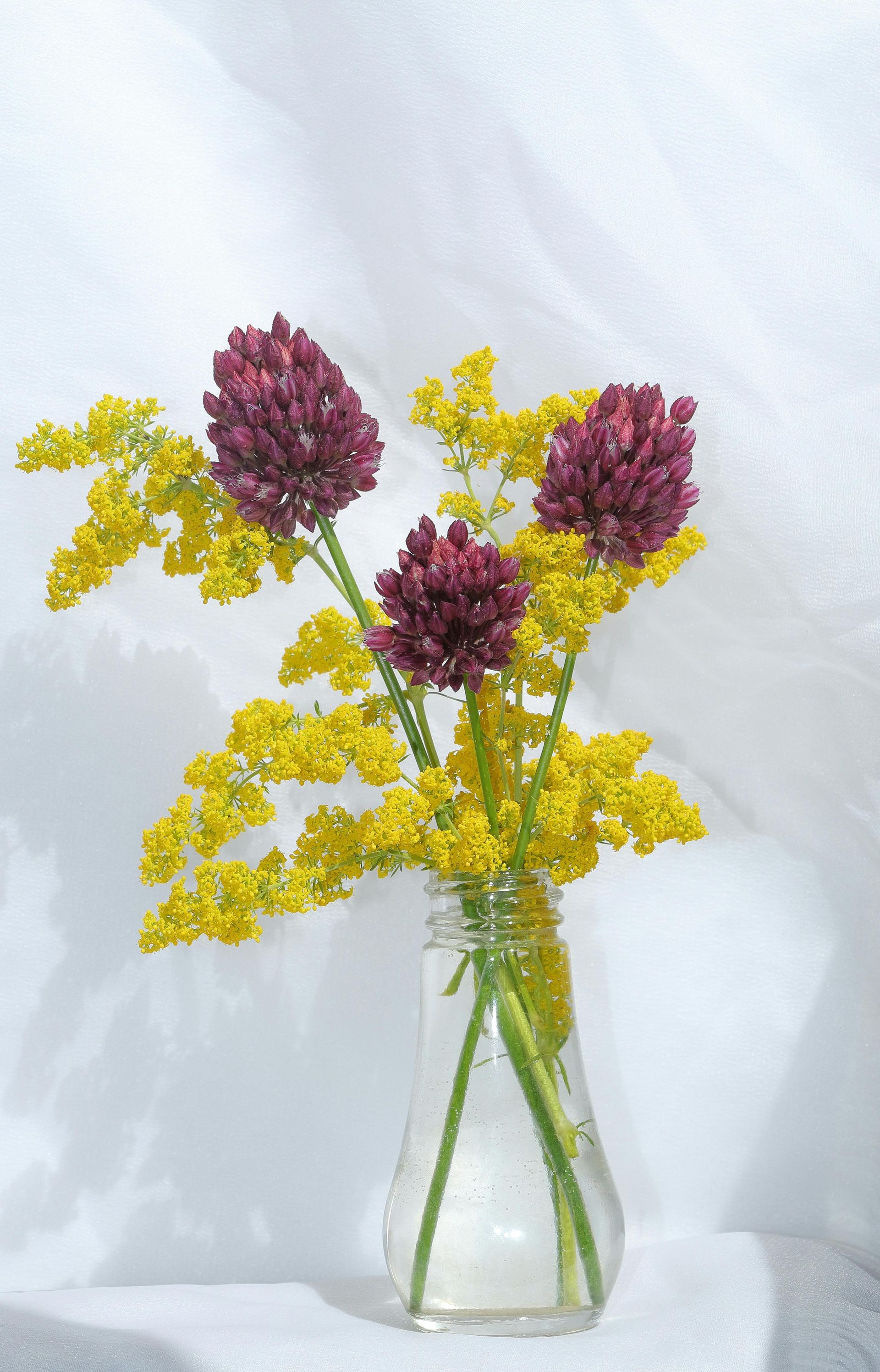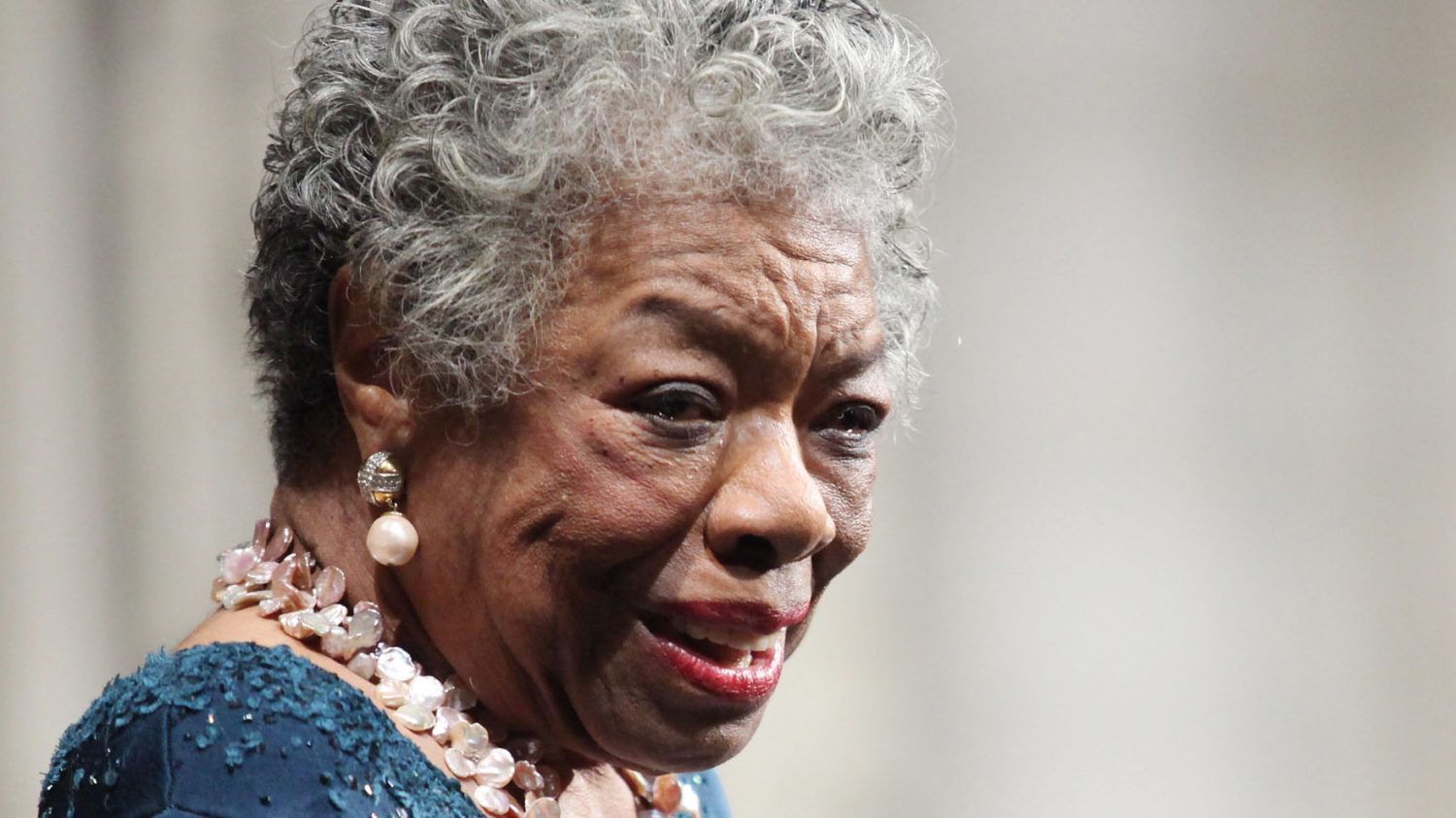Custom Urns
Artistic and Personal Cremation Vessels

In today’s world, personalization has become a key aspect of how we commemorate and honor our loved ones. This is particularly true when it comes to choosing cremation urns. Once viewed as a purely functional item, urns are now seen as an opportunity to celebrate the unique personality and spirit of the deceased. Custom urns have emerged as artistic and personal vessels that reflect the individuality of those who have passed on, offering families a meaningful way to keep their loved ones close.
The Evolution of Urns: From Traditional to Personalized
Traditionally, urns were simple, often made from materials like wood, metal, or ceramic, and were designed to be understated. However, as people have sought more personal ways to honor the memory of their loved ones, the design and function of urns have evolved. Today, custom urns are available in a wide range of materials, shapes, and designs, making them not just a container for ashes, but a lasting tribute.
Artistic Expression in Urn Design
Artistic urns are a beautiful way to honor a loved one who had a passion for art, nature, or any other interest. These urns can be handcrafted by artisans who take great care in creating unique, one-of-a-kind pieces. Some may feature intricate carvings, detailed paintings, or even sculptural elements that reflect the deceased’s hobbies, favorite places, or even their favorite colors.
For example, a nature lover’s urn might be adorned with hand-painted scenes of forests or oceans, while an urn for someone who loved music could be shaped like an instrument or decorated with musical notes. The possibilities are endless, allowing families to choose or create an urn that truly represents their loved one’s life and passions.
Materials That Reflect Personality
The choice of material for a custom urn can also carry significant meaning. For instance, urns made from natural materials like stone, wood, or biodegradable substances might appeal to someone who was environmentally conscious. On the other hand, an urn crafted from glass or metal could reflect a more modern or artistic sensibility.
There are also urns made from unconventional materials like recycled metals or even blown glass that contain the ashes within the piece itself, creating a stunning visual effect. These materials not only offer a personal touch but also ensure that the urn is as unique as the person it honors.
Engraving and Personal Inscriptions
One of the most personal elements of a custom urn is the engraving or inscription. Families can choose to add the name, dates, and a special message or quote that holds meaning. Some opt for inscriptions in the loved one’s handwriting, a favorite saying, or a short poem. This added layer of personalization ensures that the urn becomes a cherished keepsake for generations.
The Healing Power of a Custom Urn
Selecting or designing a custom urn can be an important part of the grieving process. It allows families to take an active role in how they wish to remember their loved one, providing comfort and a sense of closeness. The process of choosing the right urn can also spark meaningful conversations about the life of the deceased, helping to preserve their memory in a positive and healing way.
In conclusion, custom urns have transformed from mere containers into artistic, personal vessels that celebrate the life and individuality of those who have passed on. Whether through unique designs, materials, or inscriptions, these urns offer families a special way to keep the memory of their loved ones alive, creating a lasting tribute that is as unique as the person it honors.











